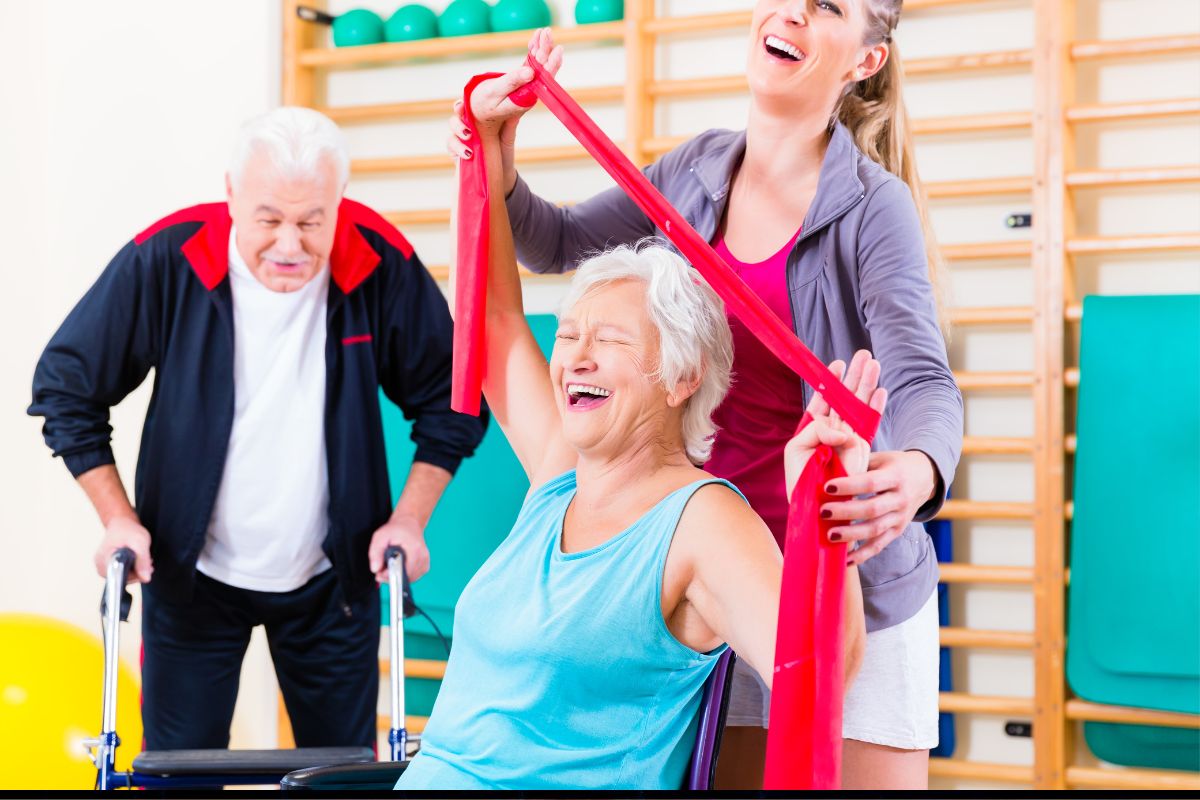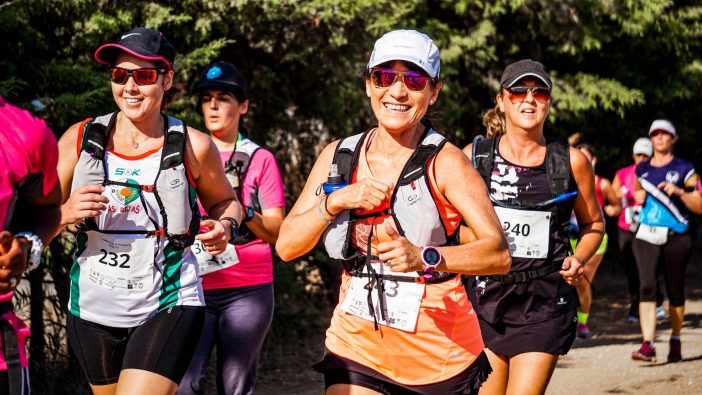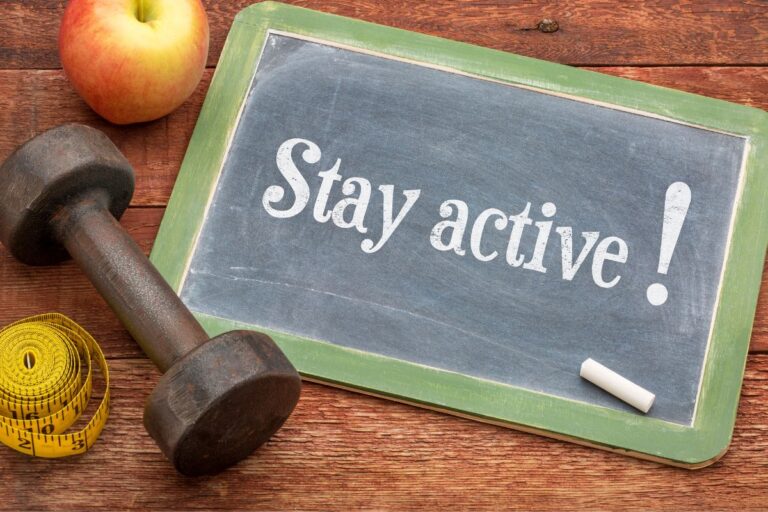Guest post by Emma Roy
30 seconds summary
- Being active is important for older people to stay healthy. It helps the heart, builds muscle strength, supports mental health, and lowers the chance of long-term illnesses.
- A good workout routine that includes heart exercises, strength training, stretching, and balance exercises can help you stay independent and live a better life. Starting at a comfortable pace, making practical goals, and using help from services like life care can make getting fit easier and more fun. Regular exercise helps people live longer and feel happier.
- It also increases energy and helps seniors make friends, allowing them to live happily and confidently.
Aging well isn’t just about how old you are; it’s about enjoying each day with good health, energy, and happiness. Staying physically active is important for healthy aging, especially for older people who deal with specific challenges as they get older. Fitness is often linked to being young and active, but it is very important for older adults’ health and happiness. Regular exercise can lower the chance of long-term illnesses, help keep your mind sharp, and improve your mood and confidence. This guide shows why staying active is very important for older adults and gives easy tips on including exercise in their everyday routines.
Why Fitness Matters for Healthy Aging
As we get older, our bodies undergo many changes: we lose muscle, our bones become weaker, and we are more likely to get long-term diseases like heart problems, diabetes, and weak bones. Exercise helps fix these problems by:
- Reducing the Risk of Chronic Diseases: Exercising can help lower blood pressure, improve cholesterol, and keep blood sugar steady. Regular exercise is connected to a lower chance of heart disease, type 2 diabetes, and certain cancers.
- Keeping Bones Healthy: Many older adults, especially women, have weak bones known as osteoporosis. Exercises that put weight on your bones, like walking and lifting weights, are very important for keeping your bones strong and preventing breaks.
- Preserving Muscle Mass and Strength: Sarcopenia is the slow loss of muscle, making you weak and unable to move around. Resistance exercises and strength training can help older adults stay independent for longer.
Types of Exercise for Older Adults
A good fitness plan for older adults should have exercises that get your heart pumping, build strength, improve flexibility, and boost balance.
Aerobic Exercise
Also called cardio, aerobic exercises are good for your heart and lungs. This exercise helps you build strength and energy, which is important for everyday tasks. For example:
- Walking: Walking is a simple and gentle exercise that is easy on your joints and good for your heart. Try to get at least 150 minutes of activity each week.
- Swimming: Swimming is a great, easy exercise that helps your heart, builds stamina, and makes your joints more flexible without hurting your body.
- Biking: Biking on a stationary bike or outside is a good way to improve heart health.
Stretching Exercises
Flexibility is important for moving easily, staying loose, and avoiding injuries. Add stretches for the big muscles in your workout.
- Yoga makes you more flexible, helps you keep your balance, and strengthens you. It can also help you relax and think clearly.
- Easy Stretches: Light stretches for your neck, back, legs, and arms can be done daily to improve flexibility and blood flow.
Simple Tips for Older Adults Starting Exercise
Starting a fitness routine can be scary, especially if you haven’t exercised in a long time. But it’s never too late to start. Here are some easy ideas for adding exercise to your daily routine safely and effectively:
- Talk to a doctor: Before starting any new exercise program, check with your doctor to ensure it’s safe for your health. If you are using life care services, the staff can provide advice that fits your specific needs.
- Start slowly: It’s important to begin at a pace that feels comfortable for you. Begin with short workouts, like 10 to 15 minutes, slowly making them longer and harder.
- Set Realistic Goals: To keep your motivation up set small, doable goals. For example, begin by walking for 15 minutes a day, three times a week, and gradually increase your time.
- Use Technology: Many apps and devices are made to help older adults stay active, like fitness trackers or apps that show workout videos. Some life care services might offer online fitness classes.
- Exercise with a Friend: Working out with friends or taking a class can make exercising more fun and social. Having a workout buddy helps you stay responsible and motivated.
Overcoming Barriers to Exercise for Seniors
Beginning a fitness journey can have its difficulties. Here are some common obstacles and ways to get past them:
- Fear of Getting Hurt: Worrying about falling or getting hurt can be a big problem. Begin with easy exercises, like chair exercises or activities in the pool. These are not too hard and offer better support.
- Long-term Health Problems: Ongoing health issues like arthritis or heart disease can make exercise difficult. Talk to your doctor or a fitness expert who works with older adults to create a safe exercise plan just for you.
- Accessibility: Sometimes, getting to a gym or finding fitness equipment can be challenging. Look for easy exercises to do at home, like walking or stretching. You can also see if local community centers or life care services have classes for older people.
Wrap Up
Keeping active is good for older people. It helps them stay healthy, move around better, and feel good mentally. Exercise lowers the chance of getting sick, helps keep your body strong and flexible, and makes you feel more confident and happy. With the right help, tools, and a good attitude, like support from life care services, older adults can have a happy and healthy life as they grow older.





